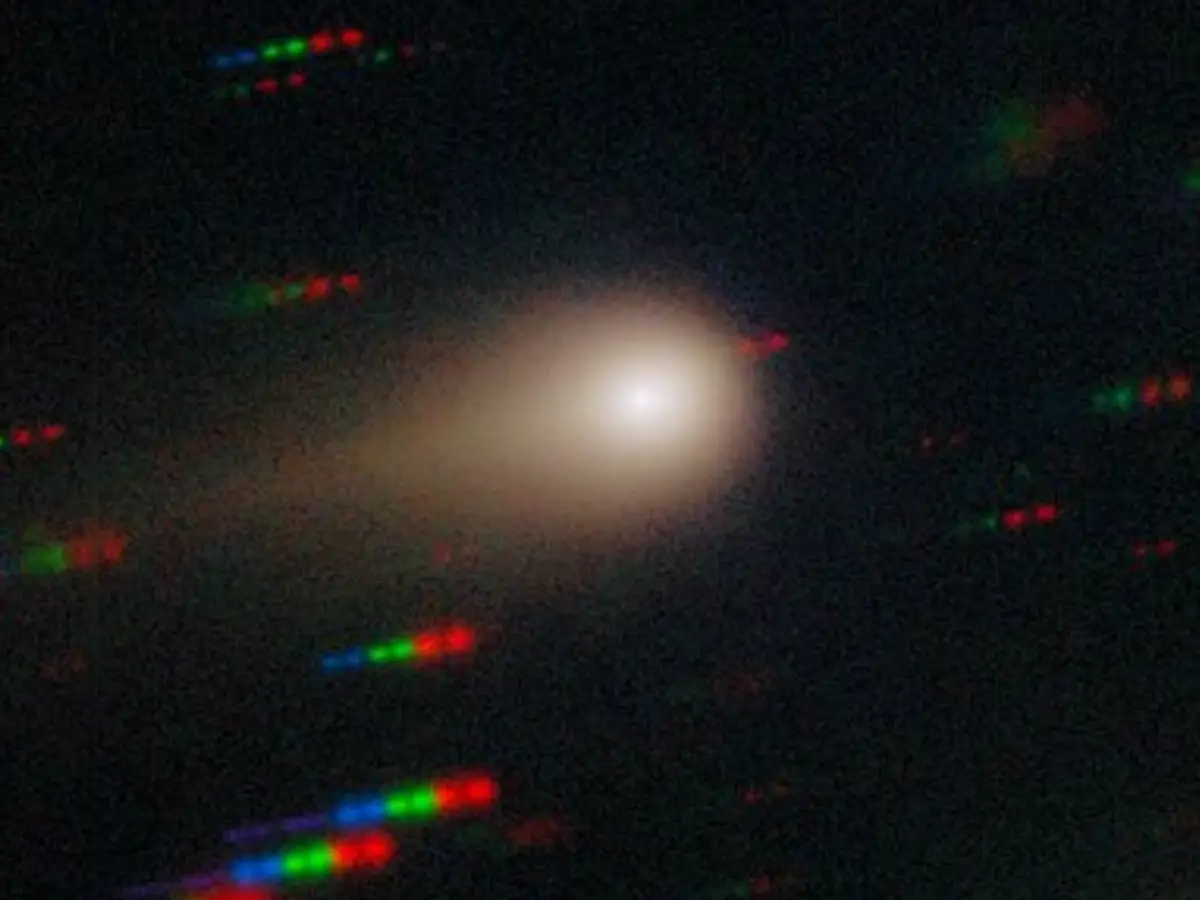Interstellar object 3I/Atlas is larger than previously thought, a new paper released by Avi Loeb in collaboration with Richard Cloete and Peter Veres states. The Harvard scientists wrote that the deduction was made after going through data on its movement gathered over four months by the Minor Planet. The International Astronomical Union checked the trajectory of 3I/Atlas between May 15 and September 23, 2025. The team of scientists analysed the trajectory the object should have based on its trajectory and then used the data from Minor Planet to set an upper limit on its deviation. The analysis took into account 4,022 observations over the four months, and it showed “the non-gravitational acceleration of 3I/ATLAS was smaller than 15 meters per day squared.” They also used observations made by the James Webb Space Telescope on August 6 to find the total mass loss rate and outflow speed from its surface.
Based on their calculations, Loeb, Cloete and Veres inferred that the mass of 3I/ATLAS must be bigger than 33 billion tons, and that the “diameter of its solid-density nucleus must be larger than 5 kilometres.” Loeb says this is an anomaly for a naturally occurring object and shows that it is multiple times more massive than the other two interstellar objects, 1I/`Oumuamua and 2I/Borisov. He once again reiterated that given the limited reservoir of heavy elements found in such objects, we should have found a hundred thousand interstellar objects “on the 0.1-kilometer scale of 1I/`Oumuamua before finding 3I/ATLAS” before finding 3I/ATLAS. However, we have only seen two. Loeb has raised this point often to question the natural nature of 3I/ATLAS and whether it could be an alien spaceship. Also Read: Latest update on 3I/ATLAS: Interstellar comet is getting brighter
Nucleus of 3I/Atlas has been the brightest point
Add WION as a Preferred Source
“The comparison to the expected sky positions provided a net upper limit of 0.028 arcseconds on sky position shifts during the 4.5 months between May 15 and September 23, 2025,” he wrote. Loeb adds that the brightest point on the object has always remained centred on the nucleus. He cited Hubble Space Telescope data from July 21, which showed an anti-tail in the direction of the Sun for several weeks. Even after the Gemini South telescope revealed a “faint tail” on August 27, the nucleus remained the brightest point.
The origins of 3I/Atlas have been a popular topic of debate in the astronomy community ever since it was first spotted on July 1. It is travelling at an astonishing speed of 60,000 km/second. Later data showed that NASA’s TESS spotted it in May itself. Loeb has cited its trajectory, speed and its size to claim that it could be an alien “mothership” coming to seed the planets in the solar system with probes. However, most scientists are certain that it is a comet, despite its anomalous nature persisting.
Related Stories
